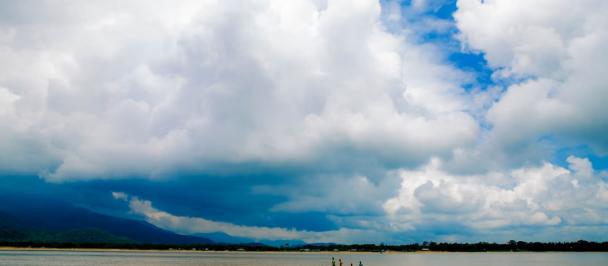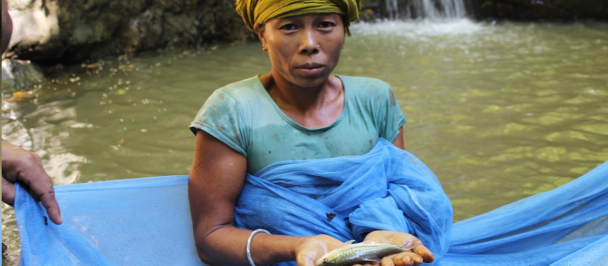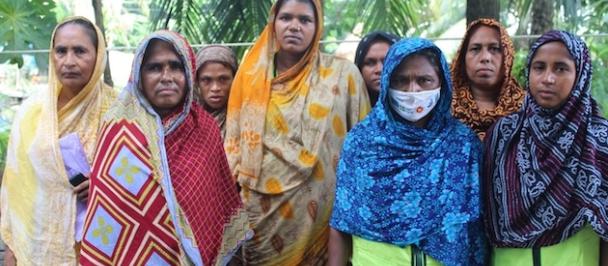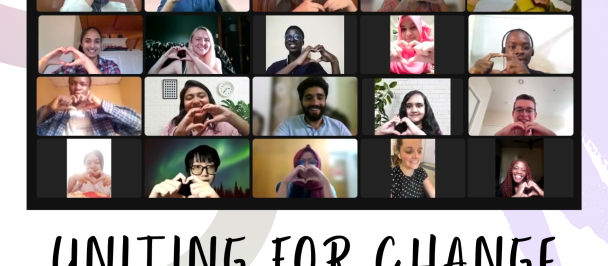Navigating Challenges and Charting a Path to Sustainable Development: Bangladesh's Story
New directions for human development in Bangladesh
December 19, 2023

Despite being on track to halving poverty in all its dimensions by 2030, around 40 million people still live in multidimensional poverty in Bangladesh.
By Stefan Liller, Resident Representative of UNDP Bangladesh.
The Op-Ed was first published in The Daily Star. Click here to read the original publication.
In an era marked by a decisive shift in global geopolitics, with Asia emerging as a dominant economic force, Bangladesh stands at a critical juncture.
Scheduled to graduate from the Least Developed Countries (LDC) group in just three years, Bangladesh exemplifies remarkable achievements in economic growth and human development. Yet, it is also a nation grappling with unrest, significant development challenges, prevailing deprivations, and persistent disparities. Today's Bangladesh is a country under speedy transformation and with a national election just around the corner.
What better time to ponder its past and future development paths? The newly published UNDP Regional Human Development Report for Asia and the Pacific has arrived, offering a balanced analysis of the progress made in the region, outlining the remaining and emerging challenges, and providing guidance for a new direction.
Under the motto of "A story of progress, disparity and disruption," the report places Asia as one of the regions at the forefront of past economic transformation, as well as a pioneer in innovative human development approaches. Here, Bangladesh features as a key reference in microfinance, illustrating how the region has made outstanding progress in economic growth, human development, and poverty reduction.
However, the benefits of this progress have not been evenly shared. Absolute deprivations remain a key concern, as does structural exclusion with respect to gender, the informal sector, and the digital divide.
Women's rights in some countries have seen setbacks, most workers are in the informal sector, and the region is increasingly contributing to planetary pressures, worsening climate-related threats.
Moreover, the radicalisation of the political discourse and the weakening of democratic institutions, as well as the advent of Industry 4.0, artificial intelligence, and the digital revolution are also elements of our current and emerging uncertainties.
Unfortunately, Asia and the Pacific is not on track to achieve any of the 17 Sustainable Development Goals (SDGs) by 2030, despite leading in digital innovations and green solutions.
A call for change
Asia and the Pacific has observed the fastest Human Development Index (HDI) progress in the world—with Bangladesh being one the best performers, moving from an HDI of 0.397 in 1990, the fourth lowest in the region, to a HDI of 0.661 in 2021. Only China had greater improvements in the region over this period. As for other social and economic indicators in Bangladesh, from 1990 to 2021, life expectancy at birth rose to 72 years from 56; expected years of schooling more than doubled from 5.8 to 12.4 years; the GNI per capita more than tripled from $1,554 to $5,472; and maternal mortality fell 70 percent, from 595 to 173 per 100,000 live births.
It is still too soon for fanfare though. With the upcoming LDC graduation, the country's progress heralds added responsibilities. Just as the rest of the world, Bangladesh is facing what some define as the polycrisis: the interconnected and reinforcing threats from the Covid pandemic to geopolitical instability and climate shocks, which have a compounded effect that is greater than the sum of its parts.
Despite being on track to halving poverty in all its dimensions by 2030, around 40 million people still live in multidimensional poverty in Bangladesh. Inadequate housing, cooking fuel, and years of schooling are the three biggest deprivations among the poor as per the global Multidimensional Poverty Index.
While some indicators are better for women than for men, such as life expectancy at birth and expected years of education, the economic empowerment of women is still quite lacking. The estimated GNI per capita is almost three times larger for men than for women in Bangladesh, ($8,176 versus $2,911), while maternal mortality is prevalent and adolescent pregnancy is the second-highest in the region only after Afghanistan.
Moreover, 95 percent of total employment is in the informal sector, which means workers in Bangladesh lack proper legal protection and entitlements, and are left vulnerable to exploitation and abuse. Most respondents in the World Values Survey reported having concerns about losing their jobs or not being able to find one. Furthermore, while the country has undertaken commendable efforts to upgrade the Standard Orders on Disaster Management, invested in climate resilience and disaster preparedness, its incidence of natural disasters is one of the highest in the region, while rising planetary pressures anticipate increasing frequency and intensity of climate shocks.
Existential threats of climate change, amplified by urbanisation, are also one of the three converging "risk clusters" faced by the Asia Pacific. When disasters led to 32.6 million internal displacements worldwide in 2022, of which most were climate-related hazards, Asia and the Pacific accounted for 70 percent of this total. Rapid urbanisation is also a stark reality for Bangladesh, as half of the total population is expected to live in urban areas by 2050.
The road ahead
Luckily, the report does not leave us with the sensation that we are lost in the dense fog of the unknown. It also offers some guidance for new directions in human development, many of which can apply well against the context of Bangladesh. We can start with the mainstreaming of human development, expanding people's choices and capabilities, with more and better health and education; tackling structural exclusion, by closing gender gaps; upholding human dignity, by strengthening social protection and reducing informality; and protecting future generations by accelerating energy transition and embracing green, circular, and purple economies.
In the same line of thought, rethinking economic growth, shifting from the export-led, low-wage-low-productivity model to a more diversified economy, upskilling and reskilling the labour force, tapping into upper levels of the global value chain, generating incentives for investment into key development areas, and gradually increasing the relevance of the domestic market should all be part of the Smooth Transition Strategy for Bangladesh's LDC graduation.
With the youth making up 30 percent of its population, Bangladesh faces the critical need to bridge the gap between education and employer demands by equipping its young population with the appropriate skills.
And finally, to make change happen, the UNDP report makes a call to improve governance, make policies more effective, strengthen accountability, transparency, and the rule of law. Tools and methodologies like foresight thinking and horizon scanning can also help us consider potential scenarios, anticipate shocks, adapt to a changing context, and respond more nimbly and efficiently to them.
🌟 Join the Conversation! 🌏 Exploring Bangladesh's Progress and Challenges in Human Development. How can we shape a sustainable future? Share your insights and ideas.
Related
content
content

 Locations
Locations


